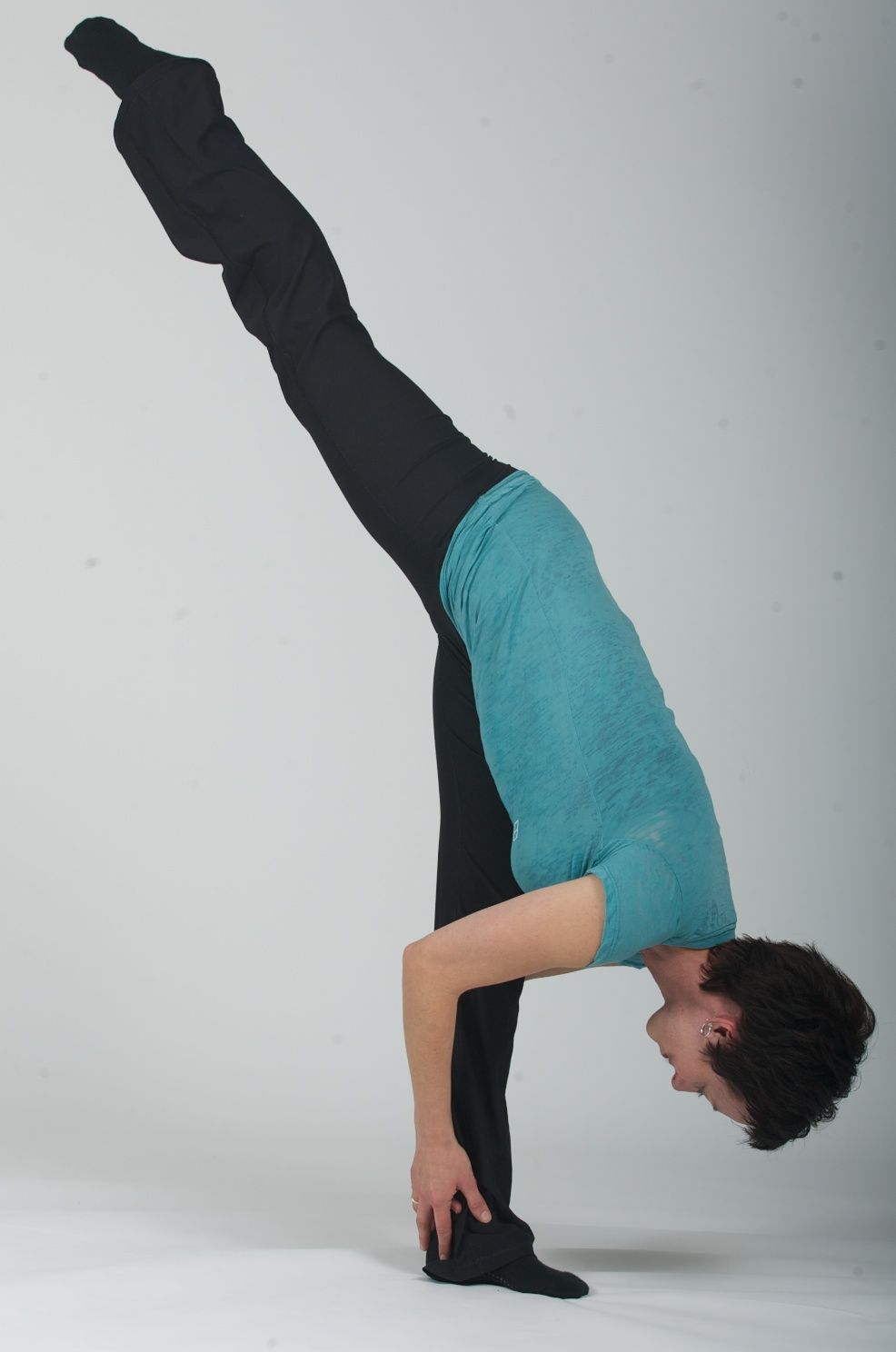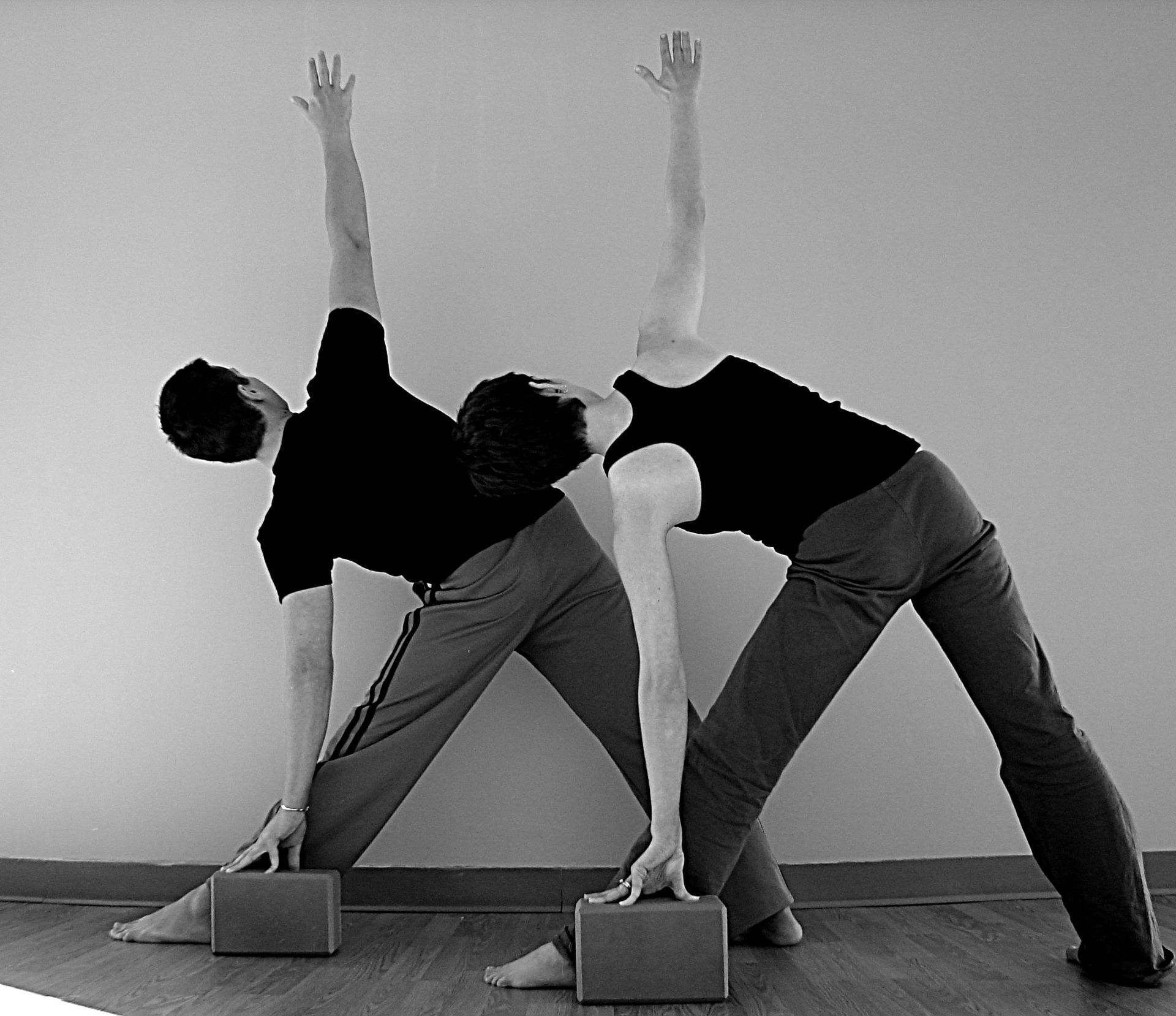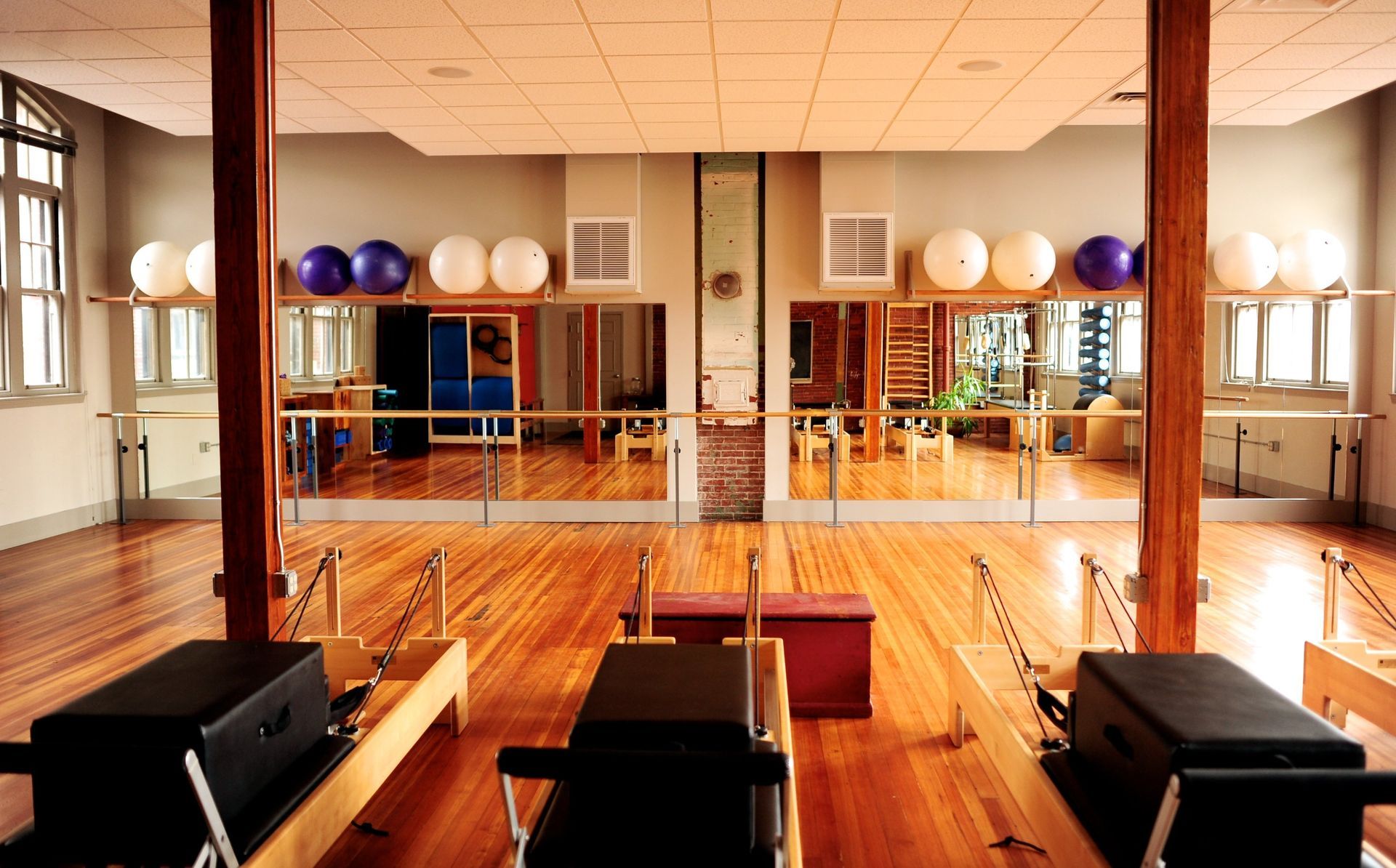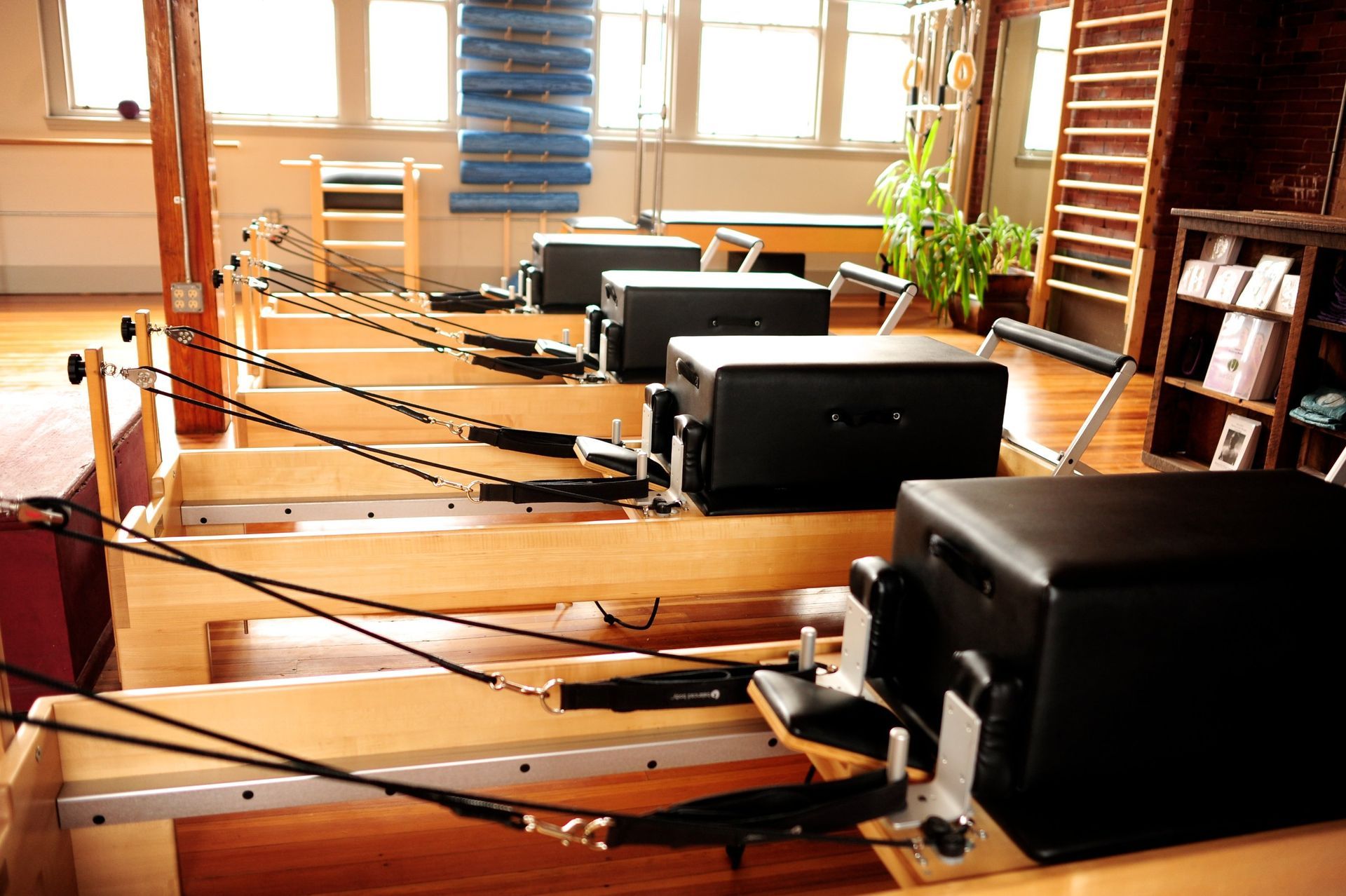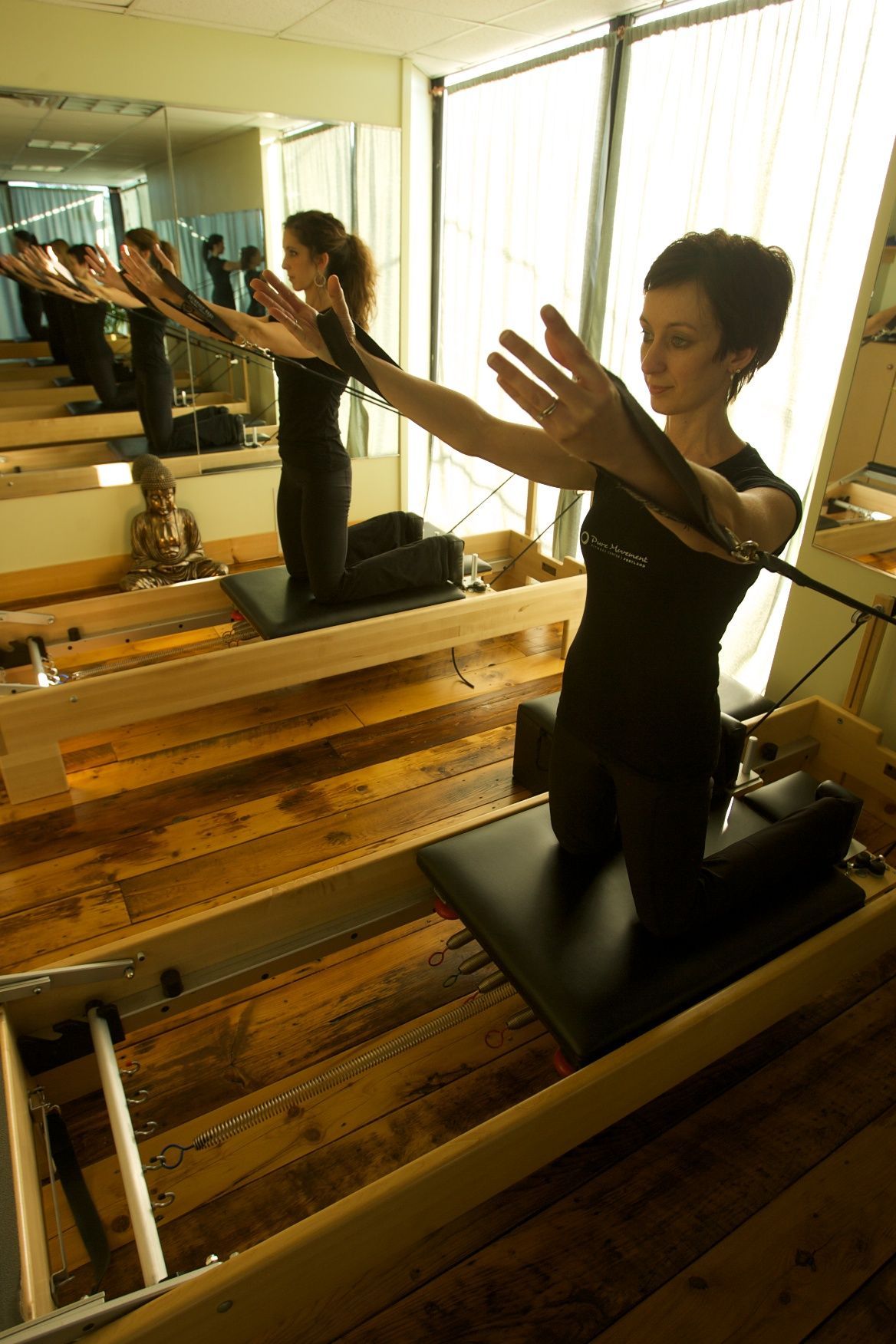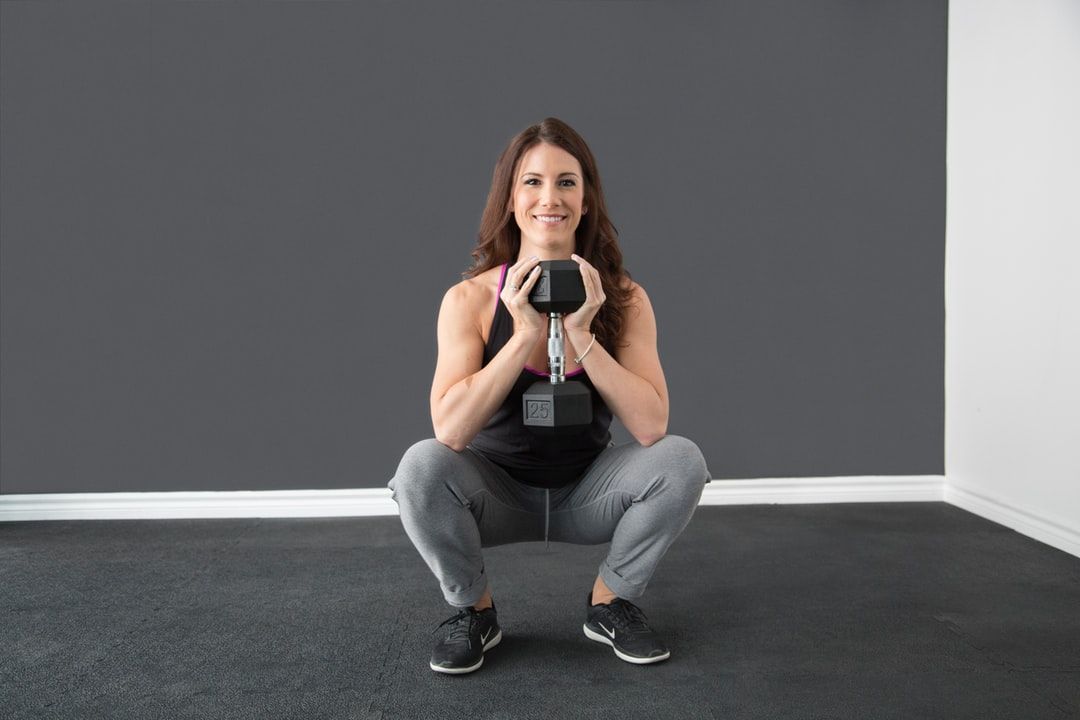Barre Beginnings: The art and Anatomy of the Barre stretch.
Why the Barre Stretch matters more than you think!
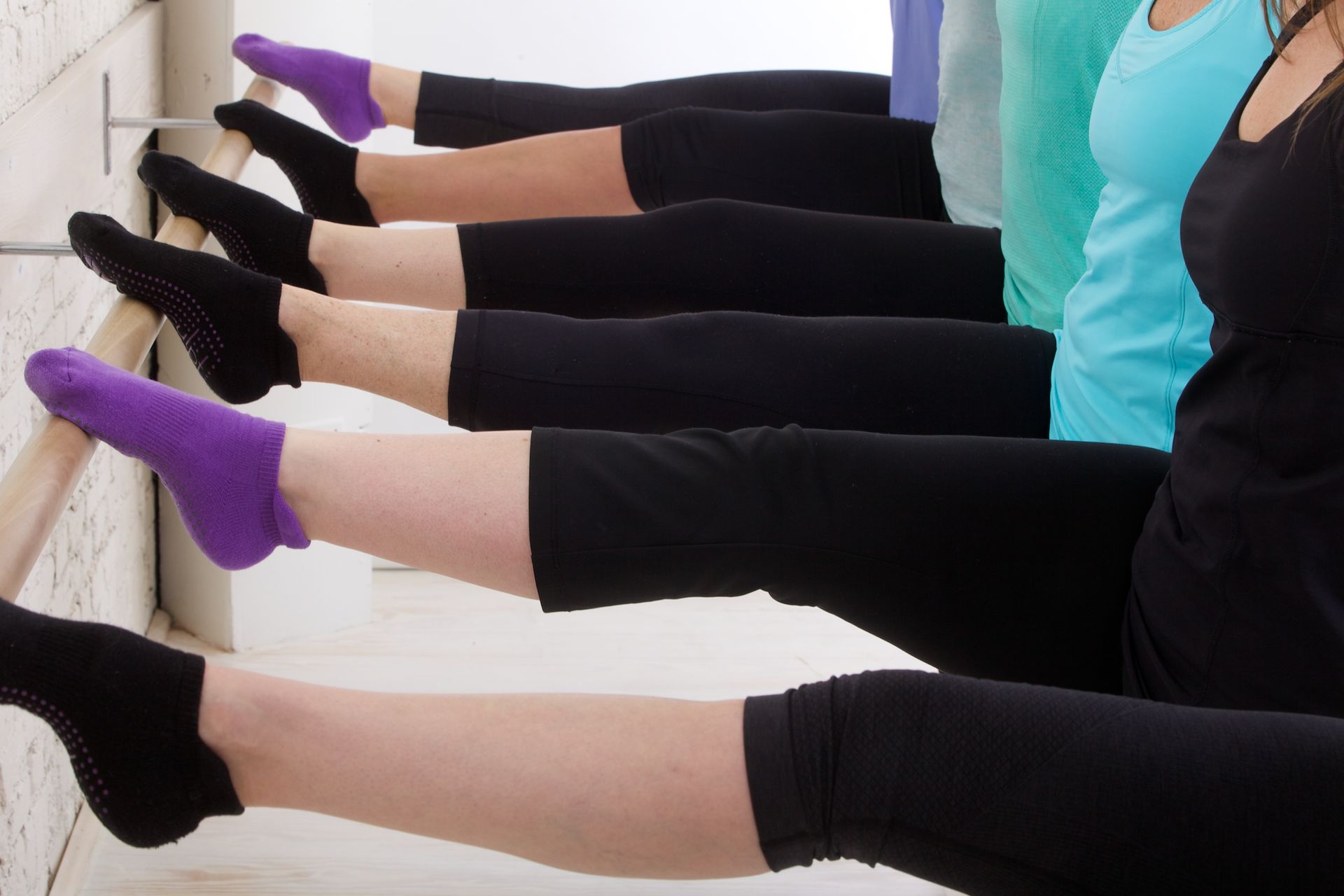
When most people think of ballet, they picture grace, poise, and powerful legs soaring into the air or gliding effortlessly into a plié. But the truth behind that beauty begins long before a dancer takes the stage — it starts at the barre, often with a stretch that looks deceptively simple. The “first stretch” at the barre is not just a ritual; it’s a foundational movement that opens up the body, targets multiple muscle groups, and sets the tone for how a dancer connects breath, posture, and muscular engagement.
Whether you’re a ballet dancer, barre class regular, or flexibility-focused fitness enthusiast, understanding how and why this initial stretch works can deepen your practice and protect your body.
⸻
The Setup: One Foot to the Barre
To begin, stand about a leg’s distance away from the barre. Not too close, not too far. Your legs are parallel, hips squared to the barre. Bring one foot up and place the ball of the foot gently on the barre, allowing the heel to drop below the level of the barre so you’re in a flexed position — think of it as standing en pointe in reverse.
Take a moment to ground the standing leg. This isn’t just a passive position; it’s a stabilizing support system. Maintain tall posture and begin to hinge at the hips, folding forward with a flat back toward the barre. If you can, reach to touch the barre. If you’re more flexible, grab it and gently pull yourself closer. The key here is not to collapse, but to elongate — lengthening the spine while deepening the hamstring stretch.
This first position primarily stretches all three hamstrings — the semitendinosus, semimembranosus, and biceps femoris — especially as you hinge with a neutral spine. The act of pulling or reaching engages your back and core while keeping the pelvis level. It’s as much about control as it is about release.
⸻
Rotation and Turnout: Engaging the Inner Line
Next, from this flexed and lengthened position, keep your foot on the barre but rotate both legs outward into a turnout. Slide the foot slightly forward along the barre. Let’s be real — this won’t look like a picture-perfect 180-degree turnout, and that’s okay. As I always say, we are not Barbie dolls — our hips, ligaments, and bones have natural limits, and forcing them is never worth the injury.
As you shift into turnout, you’ll feel the stretch migrate. Now, the inner thighs — especially the adductors — wake up. These muscles often get missed in traditional hamstring stretches. What’s more, the rotation engages the inner hamstring, a deeper section of muscle that supports both flexibility and stability in the pelvis.
⸻
The Side Bend: Reaching into the Ribs and Glutes
Once turned out, it’s time for a side bend — the type of stretch that dancers love for its elegance and intensity. Keep the barre leg extended and begin to lift and arc the upper body up and over, toward the barre. If your right leg is on the barre, your right hand may reach in front of the foot on the barre while your left arm reaches behind the foot — trying to touch the barre from both directions.
This is a dynamic twist. Your ribs, lats, and obliques join the party, but more importantly, the movement recruits the abductors (outer thigh and hip muscles) and outer hamstrings — areas that tend to get tight from both sitting and overtraining.
This stretch asks a lot of the body. It doesn’t just demand flexibility — it calls for awareness, balance, and respect for your anatomical range. It’s a great place to pause and breathe, noticing how your left side compares to your right.
⸻
The Forward Fold: Nose to Knee
Still in turnout, it’s time to round over the barre leg. Shift your orientation to face the knee, rounding the spine rather than hinging flat like before. This “nose-to-knee” moment is often seen as a goal, but it’s really just another variation — a way to lengthen the fascia and release the backline from a different angle.
The spine rounds. The head drops. The foot stays flexed. You’re now stretching the upper hamstrings and glutes in a more relaxed, folded posture, helping to release residual tension and reset your center.
⸻
But Wait — Don’t Rest That Foot
One of the most common mistakes in this stretch is resting the entire leg or ankle on the barre. It might feel easier, but what it actually does is dull the stretch.
When you rest the leg passively, you disengage the very muscles — like the calves, hamstrings, and glutes — that benefit most from the stretch. You also risk sinking into the hip, which can pull on the lower back and destabilize your alignment. Instead, press the ball of the foot into the barre, keeping a small amount of active resistance. This activates the posterior chain while maintaining muscle engagement.
If you’re not flexible enough to get the ball of the foot to the barre with a straight spine, that’s okay — lower the barre. Use a chair, windowsill, or even the back of a couch. Alignment and activation are more important than height.
⸻
Timing Matters: Stretch or Class?
In a dedicated stretch class, this sequence might last 5 minutes per side, allowing for breath, exploration, and progression. But in a barre class, time is usually tight. You’ve got warm-ups, core work, leg sets, arms, and cool-down to fit into 45–60 minutes.
So in most barre classes, we condense this into one to two minutes per leg. Think 20 to 30 seconds per position: flat back, side bend, and rounded fold. Even at that duration, you’ll get neuromuscular benefits, increased circulation, and an effective stretch — especially if you perform the movement with care.
What matters most isn’t time. It’s intention.
⸻
A Word for the Inflexible (Spoiler: It’s All of Us)
If you’re reading this and thinking, “There’s no way my leg is getting up there,” I’ve got news for you — you’re not alone. Most of us aren’t naturally flexible. We gain mobility through repetition, form, and patience.
Use a lower surface, bend the knee slightly, or place a yoga block under your standing hand for support. The stretch will evolve over time — what matters is that you’re showing up to the barre, respecting your body’s needs, and giving it the opportunity to grow stronger and more supple.
⸻
Why It Matters
This “first stretch” is more than a warm-up. It’s a mirror for your body — revealing tightness, imbalance, and even emotional holding. When done correctly, it:
• Lengthens the back line of the body
• Improves hip mobility
• Engages stabilizing muscles
• Promotes spinal alignment
• Prepares you mentally for the rest of class
It’s also a moment of graceful discipline — a chance to listen to your breath, feel your alignment, and settle into the practice before the sweat begins.
⸻
Final Thoughts
In a world that values go-go-go, the beginning stretch at the barre asks you to pause, breathe, and connect. It’s not about achieving perfect turnout or touching your nose to your knee. It’s about presence. It’s about giving the body what it needs — time, tension, length, and love.
So next time you step up to the barre and place your foot on that sacred rail, remember: you’re not just stretching. You’re setting the tone. You’re waking up. And you’re doing something deeply, fundamentally human — reaching.


